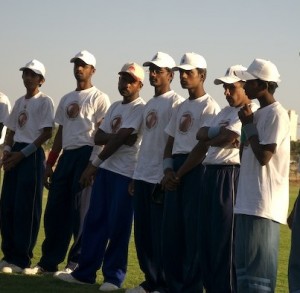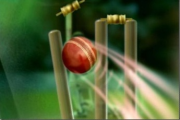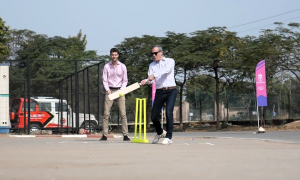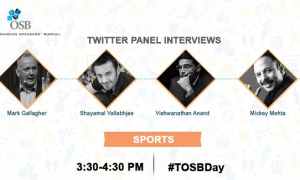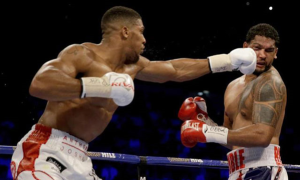What is that a normal man can do which is not possible by the blind? It is just vision, except for that light which we all can see we are no different from the blind men. I salute the determined, ready to face anything that comes in their way kind of visually impaired people.
They write, read with special devices, browse, manage, take care of themselves, and most of all they play. Blind Cricket is one game which put me in a shell of amusement when I heard it first.
What is Blind Cricket?
It is with the same field diameter, same pitch length, same game cricket which is considered to be India’s religion but not with challenging players but with challenged players. The regular cricket that we play with little modifications is played by them. More than entertaining them, it plays vital role in boosting up their morale.
Blind Cricket is played with a strong plastic ball unlike the regular one, which is of bigger size. The size is big because it has to accommodate several other smaller balls inside it. On rolling this ball will make sound which is used by the players to track the path of the ball. It is rolling which is more crucial here and not the pitch of the ball. The sound gives them a mental map of the location of the ball with relative to them. We would have read in epics how Arjuna even when blindfolded hit the target, it is similar to that!
It was originated at Melbourne in early twentieth century and slowly was improvised. The game has three categories namely B1, B2, B3 which involves players of increasing degree of vision. B1 players are completely blind and are blindfolded for umpire’s reference. Minimum of four completely blind people should be in the team. The complete game is monitored mentally by using the sound produced at various points circumscribing the batsman. The stumps are made of strong, highly sonorous metal so that when the ball which is made of tough fibrous plastics with smaller balls inside hits the stumps the sound is produced this would convey that the batsman is out. The second level or the B2 category has players of low vision. They are not blindfolded. Some are even highly adept to catch the ball or run-out the batsman. B3 level players have better visibility than the B1 and B2.
The players can employ the method of runners too; B1 level player can have runner of the same category. In case of any mishap or injury substitute of the same category is made to play.
The timeline improvement of this game is stunning; within few years of its beginning it gained popularity all over the globe. 1953 was the period the game was made official by framing the Blind Cricked Council at Melbourne. This council is responsible for conducting matches bi-annually around the country. Many commonwealth countries joined the council including India.
India also conducted Indian Blind Cricket League at the onset of this year with 8 teams at the capital. Annually many tournaments are being conducted by ACBI and NIVH (National Institute for Visually Handicapped) selecting players from all over the country.
Turning point for the Indian Blind Cricket happened in the early eighties where the team went international.
It is not a big deal if they are unable to see the light when there is light at the end of the tunnel for them to make their life and strength brighter.
Tags: ACBI, Blind Cricked Council, Blind Cricket, Cricket, IBCL, India, Indian Blind Cricket League, Melbourne, NIVH

